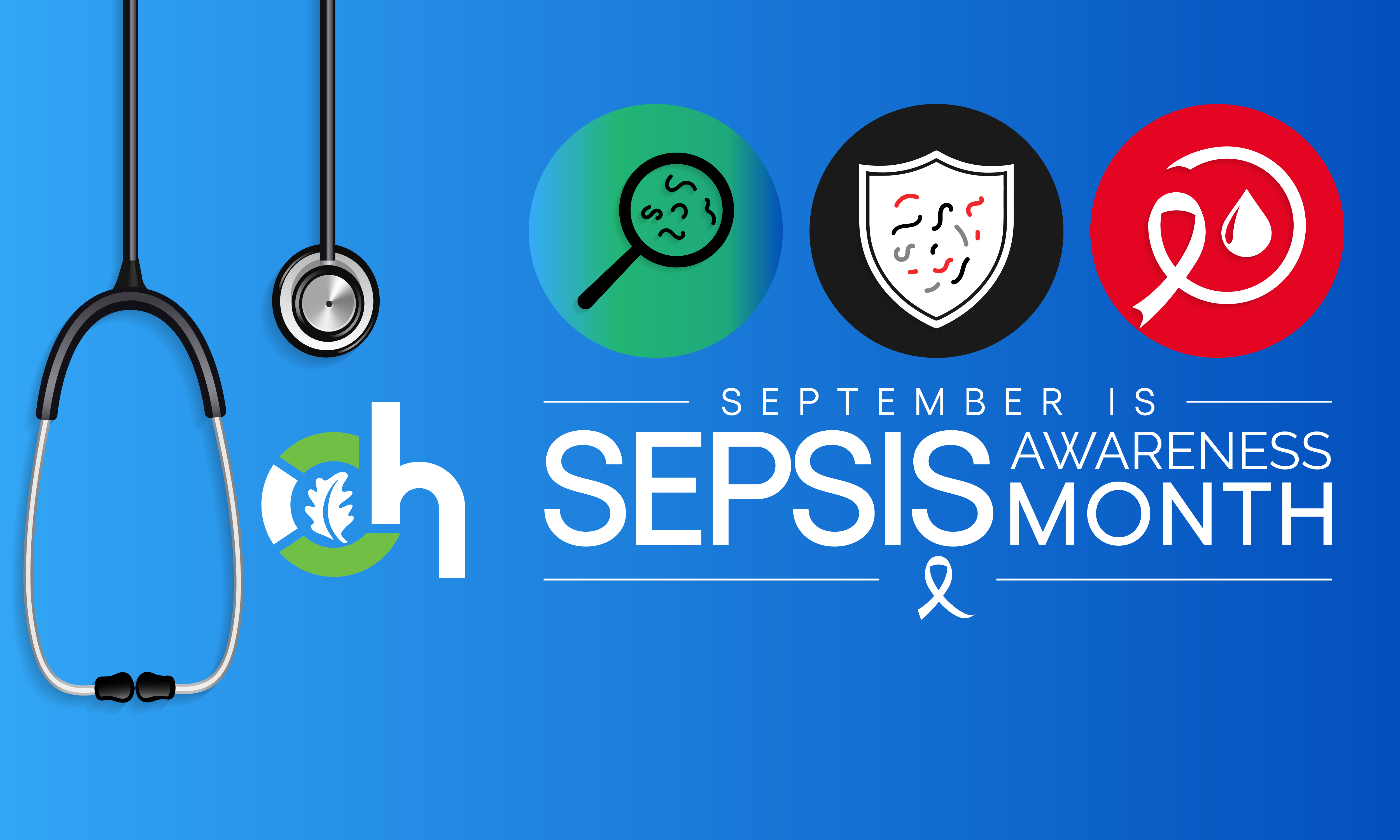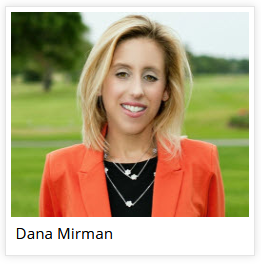
September 29, 2022
In December 2011, a lack of awareness of sepsis – a disease responsible for more American deaths each year than breast cancer, prostate cancer, and AIDS combined – nearly cost me my life.
It all began with a little bump on my shoulder one afternoon. When it all began, I did not know that within 24 hours, that small bump would develop into life-threatening septic shock and soon I would find myself in the ICU.
The seemingly insignificant little bump became swollen and I developed symptoms that felt like the worst flu of my life. When my husband had discovered my temperature was over 104 degrees, he had rushed me to the emergency room, just on a hunch that this was not an ordinary “flu.”
He had never heard of sepsis, and I had heard the word, but thought it was a rare, largely obsolete disease. I had no idea of the symptoms and certainly no idea it could be happening to me.
When I arrived at the hospital, I was the sickest I had ever been in my life. My temperature was soaring, my blood pressure was falling, and my arm was in excruciating pain. I soon learned the bump on my arm actually was a skin infection, which had led to cellulitis.
The doctors acted quickly and I was soon admitted to the ICU, where I vacillated between life and death. I was cognizant enough to worry whether I would make it out of the hospital and home again to my two small children, and if so, whether all my limbs would be coming home with me.
After several terrifying, agonizing days, I began to recover, transitioning first out of the ICU and then out of the hospital. I went home to begin what would be a deceptively arduous recovery. Having survived and avoided severe complications like amputations, I expected my recovery would be swift, but it was not. Weeks turned to months, even years, before I began to feel like “myself” again. I did not know then that post-sepsis or post-ICU syndrome exists, and can affect many sepsis and ICU patients. Today, I have my strength back, although some of the physical and of course the emotional impacts still linger.
As difficult as my recovery was, I am lucky to be alive. I am lucky that the doctors and nurses at my hospital were aware of sepsis. They saved my life. Others – who either do not make the fortunate decision to seek emergency medical care, or whose symptoms are overlooked or misdiagnosed – are not as lucky.
But surviving sepsis should not be a matter of luck. The public and medical professionals alike must be aware of sepsis. We must know the name of this deadly disease, and we must know the symptoms. By being aware and suspecting sepsis, we will be able to save more lives — which just might be our own, or those of our loved ones. The CDC’s efforts to increase sepsis awareness and improve treatment will result in fewer lives lost to this sudden, swift and often-fatal disease.
Download and share any of CDC’s FREE patient education materials with your friends and loved ones to learn how to prevent infections, be alert to the signs and symptoms of sepsis, and act fast if sepsis is suspected.
Guest Author: Dana Mirman
Dana Mirman is a communications professional. She is a member of the Sepsis Alliance Board of Directors.
Posted on by
 Skip to content
Skip to content
